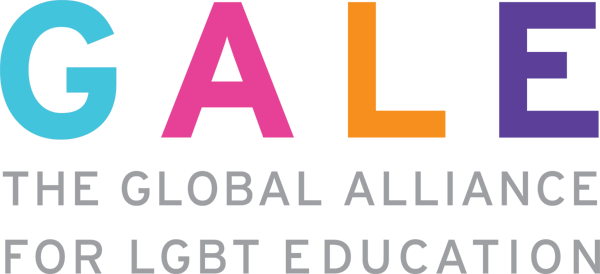New EU Strategy on the rights of the child complements the EU LGBTIQ Equality Strategy

27 March 2021 - Today, the European Commission published the EU Strategy on the Rights of the Child. Protecting and promoting the rights of the child is a core objective of the EU and therefore, the strategy aims to “build the best possible life for children in the EU and across the globe.” It strongly complements the EU LGBTIQ Equality Strategy 2020–2025, committing to clear actions to end intersex genital mutilation, tackle online bullying of LGBTI youth, and improve free movement for rainbow families.
Promoting the rights of the child is a core objective of the EU. It aims to build the best possible life for children in the EU and across the globe. Here are the three key points of the strategy that focus on LGBTI kids:
Intersex mutilation
It acknowledges the similarities between intersex genital mutilation and female genital mutilation. Intersex genial mutilation (IGM) and female genital mutilation (FGM) have a lot in common. 62% of intersex people who had undergone a surgery said neither they nor their parents gave fully informed consent before medical treatment or intervention to modify their sex characteristics. The EC will support the exchange of good practices on ending non-vital surgery and medical intervention on intersex infants and adolescents to make them fit the typical definition of male or female without their or their parents’ fully informed consent (IGM).
Cyber harassment of LGBTI children
It will tackle cyber harassment of LGBTI children. Children experience violence at school and online. According to the 2018 PISA results children from minorities encounter upsetting events online more frequently then other children. The latest Fundamental Rights Agency survey on LGBTI people in the EU shows that amongst LGBTI 15–17 years old respondents, 15% have experienced cyber harassment due to their sexual orientation, gender identity, or sex characteristics. The EC will update the Better Internet for Kids Strategy in 2022 in order to raise awareness of and build capacity around cyberbullying, recognize mis- and disinformation, and promote healthy and responsible behavior online.
Freedom to move of rainbow families
It will improve freedom of movement for rainbow families. The right to freedom of movement and residence of EU citizens is the cornerstone of the European Union. But reality for rainbow is different. For example, a baby with two mothers is currently at risk of statelessness because of discriminatory regulations in one EU country. The EC proposes a horizontal legislative initiative for 2022 to support the mutual recognition of parenthood between EU countries.
Sources: ILGA Europe Rainbow Digest March 2021, EU Strategy on the Rights of the Child, ILGA Europe Blog on the EU policy, EU LGBTIQ Equality Strategy 2020–2025.


